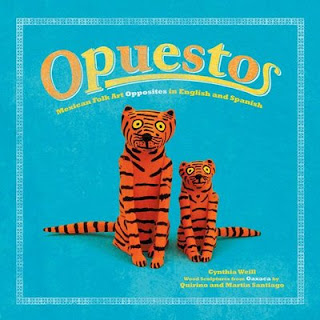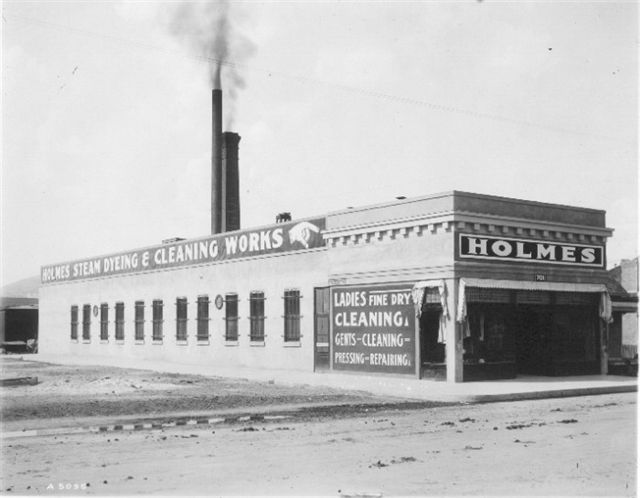OPUESTOS / OPPOSITES: by Cynthia Weill
 Once again Cynthia Weill has put together her two passions—educating children and promoting folk art—to bring us a new book OPUESTOS: Mexican Folk Art Opposites in English and Spanish. An art historian and aficionada of Mexican folk art, she realized that she can teach early readers basic concepts using the delicate carvings of Oaxacan artisans, thereby promoting their work. It’s like feeding two birds with one delicious meal, if you’ll excuse us mangling that old saying.
Once again Cynthia Weill has put together her two passions—educating children and promoting folk art—to bring us a new book OPUESTOS: Mexican Folk Art Opposites in English and Spanish. An art historian and aficionada of Mexican folk art, she realized that she can teach early readers basic concepts using the delicate carvings of Oaxacan artisans, thereby promoting their work. It’s like feeding two birds with one delicious meal, if you’ll excuse us mangling that old saying.OPUESTOS, of course, means opposites—right and left, up and down, asleep and awake—and the book is the second in her series First Concepts in Mexican Folk Art. Her first (and very successful) book in the series—AbeCedarios: Mexican Folk Art ABCs in Spanish and English—displays the wood figures created by artisans from the town of Arrazola. Now with Opuestos Cindy went to La Union Tejalapan to collect work from brothers Quirino and Martin Santiago and from others to illustrate the opposites that kids—and adults too!—encounter every day of their lives. These whimsical carved alebrijes will delight both young and old, both the new learner and the collector of Mexican folk art.

La Union Tejalapan sits in the beautiful Sierra Norte in Oaxaca, Mexico.

Quirino and Martín carved most of the figures in Opuestos; their brother Placido and his sons Calixto and Eloy, nephew Maximino Santiago, their cousin Julio Jimenez, and Martin's son Jaime also contributed work for the book. They take their inspiration from the world around them. They observe their own livestock such as goats and cows; domestic animals such as cats and dogs and the wild animals they see in the mountains such as deer and lynx. It takes enormous skill to make the diminutive figures. Carvers use sharp machetes to work the wood from the flowering jacaranda tree. Their wives use aniline dyes to paint the creatures.


Although people have carved wood in La Union for centuries it was Martin Santiago who commercialized the craft. He took his whimsical carvings to gift shops in Oaxaca City in the 1970s where they quickly found enthusiastic buyers. Then Quirino, Martin’s younger brother, started making the figures too. Now more than 30 families supplement their incomes by making wood carvings.
Below is a photo of the Santiago clan with Cynthia. And below that is the last spread in the book, one of our favorites—HELLO / HOLA, which leads of course to its opposite GOODBYE / ADIÓS!



.JPG)

Comments